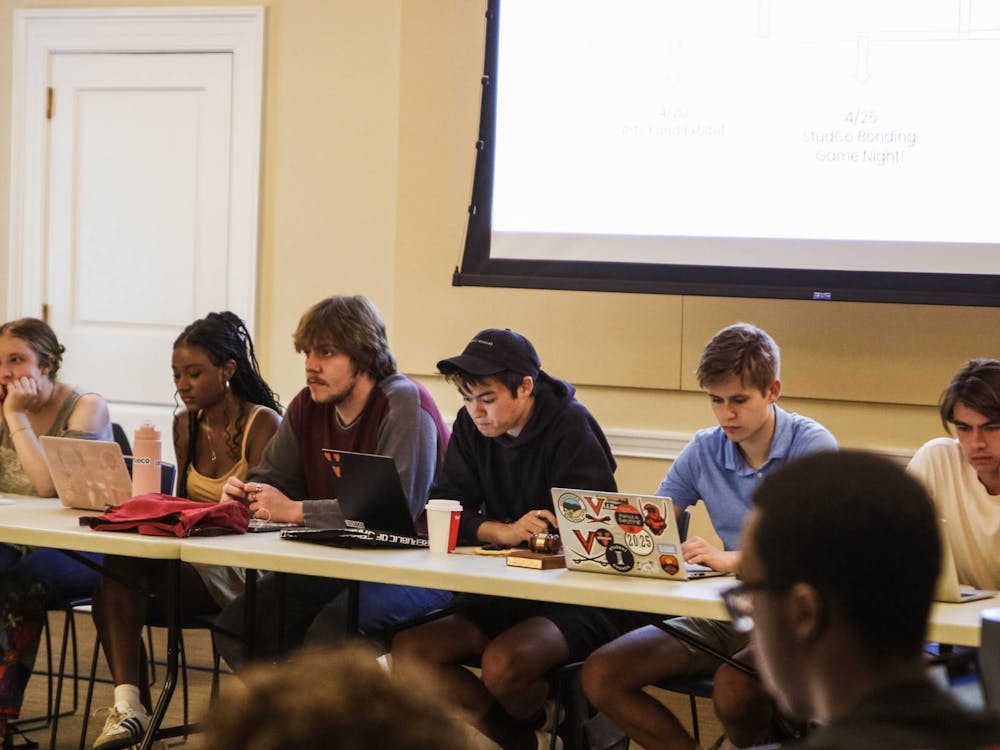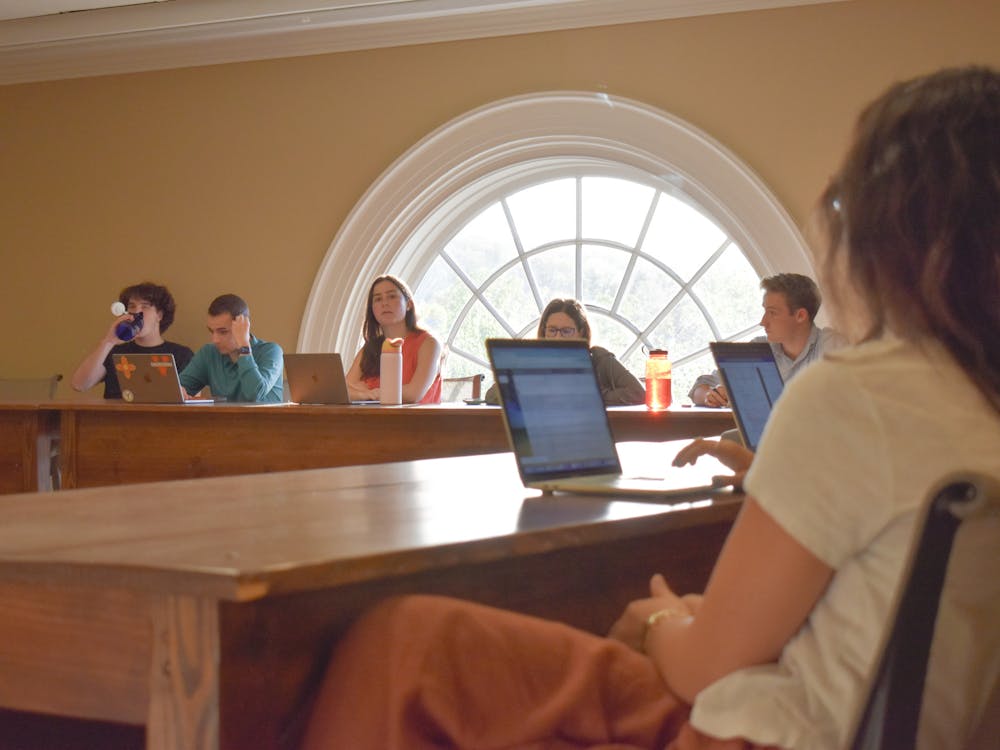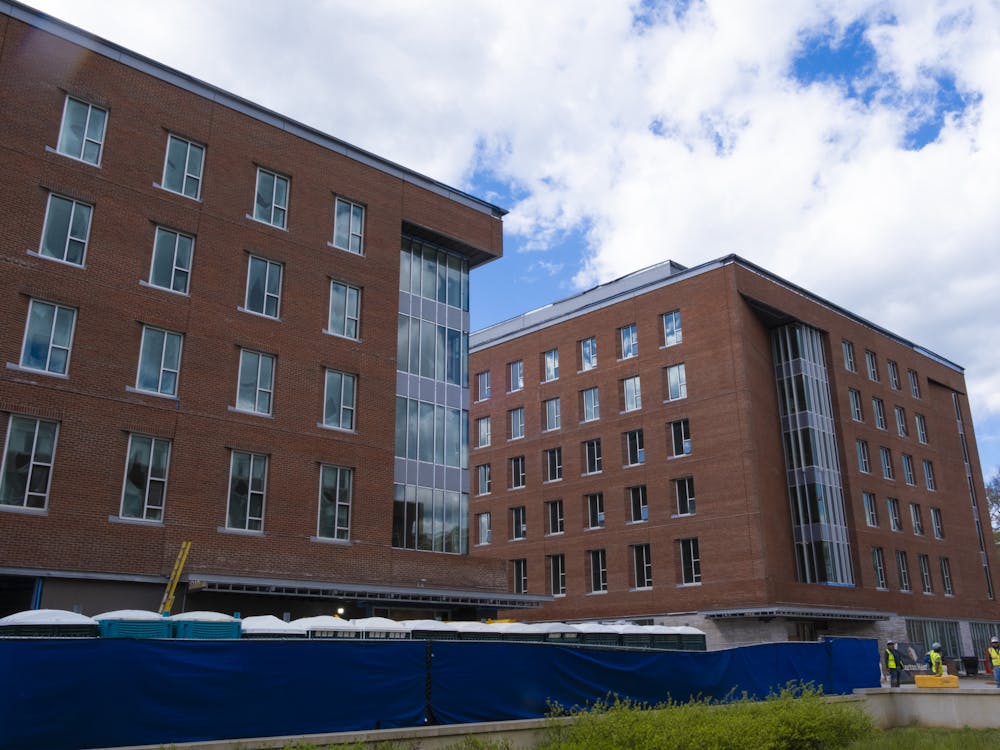The Charlottesville City Council unanimously passed a resolution Tuesday to remove a statue of Confederate Gen. Thomas “Stonewall” Jackson from Justice Park near Court Square. The resolution also aims to expedite the process of removing both the Jackson statue and one of Robert E. Lee in Emancipation Park, pending a decision in a lawsuit over whether the city can remove the Lee statue.
A separate amended resolution authored by Councilor Kathy Galvin was also adopted in which Emancipation and Justice parks will be redesigned to “tell a more complete history of race” and contextualize the statues if they are still present.
The vote came after an emotional two hour public hearing in which community members expressed their frustrations to the Council, criticizing alleged inaction by law enforcement personnel and mismanagement by city officials at the Aug. 12 “Unite the Right” rally.
The Council originally voted 3-2 in February to remove the statue of Lee but decided to forgo the removal of the Jackson statue at the time per the recommendation of the the Blue Ribbon Commission on Race, Memorials and Public Spaces.
The Blue Ribbon Commission was established in May 2016 by the Council in order to address community concerns in relation to the Jackson and Lee statues.
Both statues will be removed according to the guidelines set forth in the Council’s April 17 3-2 vote to sell the Lee statue.
Nonetheless, the removal of the Lee statue faces an injunction issued by Charlottesville Circuit Court Judge Richard Moore until at least Nov. 2 as part of an ongoing lawsuit filed against the City of Charlottesville in March.
Moore has said he will consider extending the injunction and imposing an identical moratorium on the removal of the Jackson statue if he deems the monuments to be in imminent danger of damage.
Despite the ongoing litigation, the Council justified its decision in support of removing both statues based on the recent violence at the “Unite the Right” rally of Aug. 12 and the traumatic impact it had upon the Charlottesville community.
“This is a complete and total Council decision, we are all in favor of this,” Vice Mayor Wes Bellamy said. “This is a situation we are looking to move forward on, hopefully with favor from the courts, to provide equity within our public spaces and a sense of healing and moving forward for our city.”
In his statement, councilor Bob Fenwick argued that the statutes had attracted negative forces to Charlottesville and their removal would not erase history.
“These statues belong in a museum,” Fenwick said. “On August 12, we saw the kind of person those statues attract and it was dark and sinister. We are not by removing these statues … destroying history.”
Councilor Kristin Szakos agreed that it was time for the statues to be removed from the public eye, but acknowledged the pending court case in stalling the process.
“I think we all realize that the court case that is currently pending has an impact on this,” Szakos said. “We are not going to go out tomorrow and remove the statues. The fact that we have allowed those statues to stay in our community for 90 years has been a collective wink and nod for the powers of white supremacy … it’s time for us to remove them and we should have done it long ago.”
Councilor Kathy Galvin — who originally voted against the removal of the Lee statue — justified her support for the resolution to remove both statues based on the white supremacist rallies in Charlottesville throughout the summer. A Ku Klux Klan rally was held July 8 in Justice Park, and was met by hundreds of counter-protesters.
“The Jim Crow narrative that had inspired the making of those statutes was brought to life July 8 and Aug. 12,” Galvin said. “They became a clear and present danger and were no longer symbols of the past. They had been resurrected and animated once again as the tools of a … white supremacist regime … They have got to go.”
However, Galvin also cautioned that removing the statues was not the key to ending racism and inequality in the Charlottesville community.
“We have a lot of work to do,” Galvin said. “Just getting rid of these statues is not ending the problem of racism and classism.”
Mayor Mike Signer — who also originally voted against the removal of the Lee statue — agreed with Galvin that the recent surge of white supremacy in Charlottesville was due to the presence of the statues and such was grounds for their removal.
“Before all this happened, there was a lot of disagreement in the community about these statues,” Signer said. “They clearly became magnets for people who are evil … who wanted to turn us against ourselves ... The surest way to repudiate that effort is to reject the celebration of these statues in our downtown civic spaces.”





